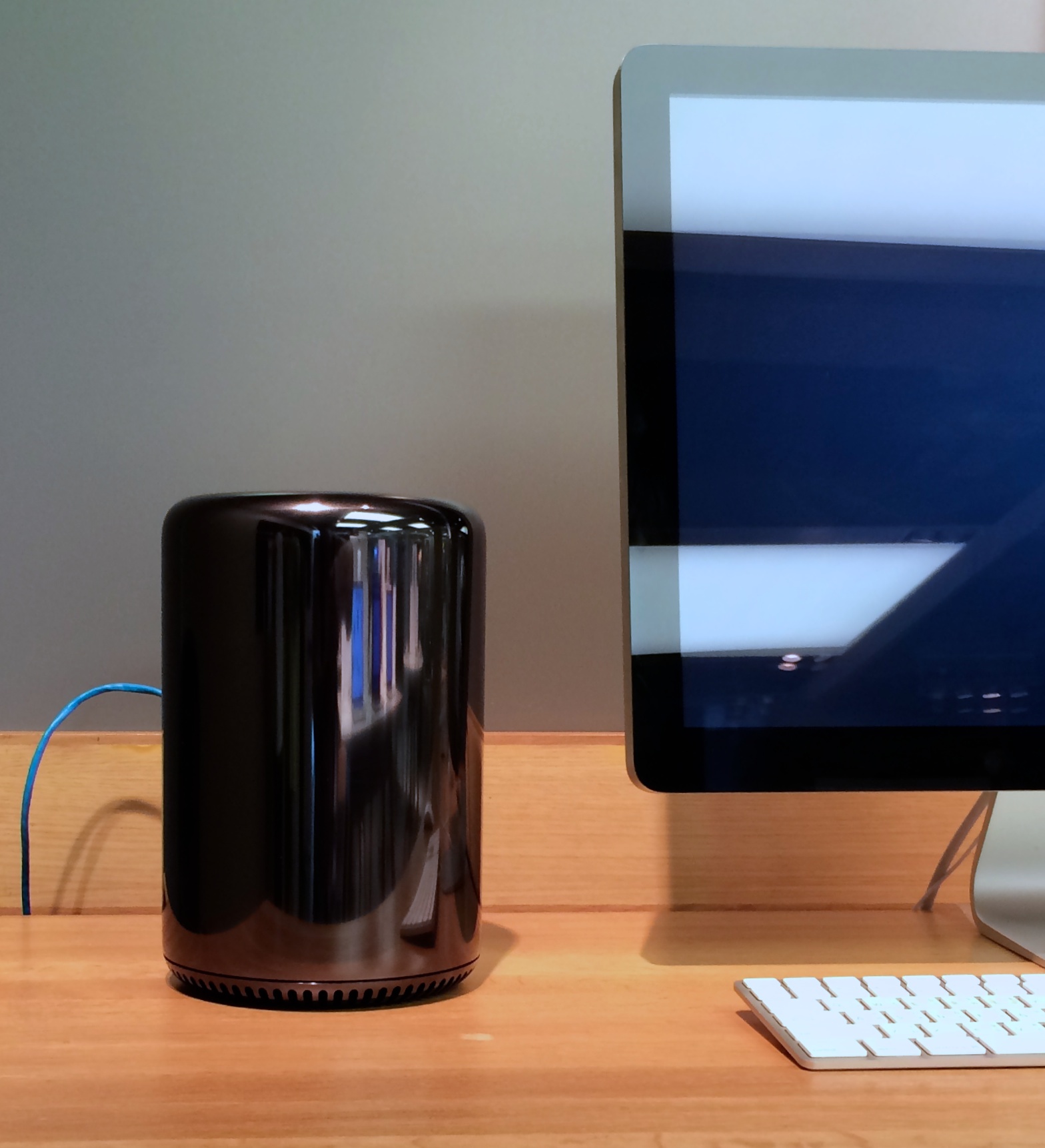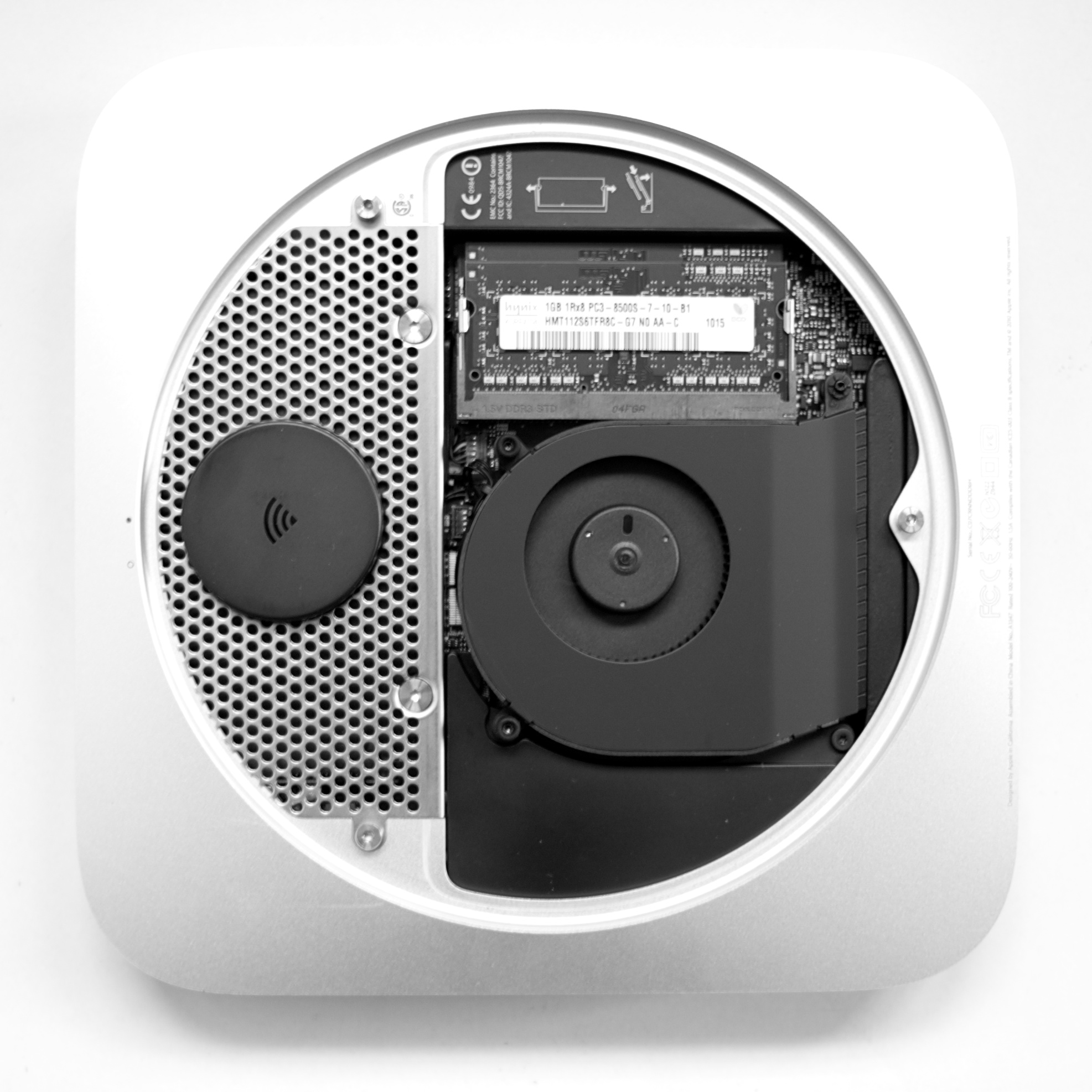Apple Desktop Computers - Devices for Work at Home and the Office - Bangkok Post, Life

AMITIAE - Wednesday 19 March 2014
|
Apple Desktop Computers - Devices for Work at Home and the Office - Bangkok Post, Life |
 |
|
|
By Graham K. Rogers

Mac Pro in iStudio, Siam Discovery (iPhone Photo)
The number of USB ports was later increased (4), so more devices could be attached. The current version of the device has either a 2.5GHz dual-core Intel Core i5 or 2.3GHz quad-core Intel Core i7. Like all current Macs, these will run Windows if wanted. There is also a server version. The Mac mini currently has 500 GB or 1 TB hard drives. The faster one has the option of a 256 GB SSD or 1 TB Fusion Drive: a combination hard drive and SSD that adjusts data and applications so wait time is reduced. The first version was hard to open (if a user wanted to increase RAM, for example). Now there is a metal plate which opens easily for access to user-serviceable parts. The latest ones also have Thunderbolt ports instead of a video port so it is possible to daisy-chain monitors and other external devices.

Mac mini Uncovered - earlier version
The iMac looks good and it performs well. There are 4 basic versions: the 21.5" has 2.7GHz quad-core Intel Core i5 or 2.9GHz quad-core Intel Core i5; the 27" uses 3.2GHz quad-core Intel Core i5 or 3.4GHz quad-core Intel Core i5 processors. Both come with a 1 TB hard disk and 8 GB RAM, which can be increased (up to 32 GB for the 27").
This means that there is power to spare for many home and business users. A number of professionals too - who may not need all the raw power of the MacPro - are finding that the larger iMac, with all that screen area, works well for them, especially if they add a second monitor or more.
The latest Mac Pro, which Apple shows off on black web pages (instead of the white for other Macs), has a basic 256 GB SSD. This can be expanded up to 1 TB, but the implication is that most data storage will be external. For a professional photographer or movie maker, this is normal with most data on multi-disk RAID installations. MacWorld calls it a "good investment for users of multi-core Mac apps".
A design aspect that intrigues me is the clever triangular configuration of the internal core of processors and memory, allowing cooling air to enter the base and leave via a fan at the top.
There are two standard processors: 3.7 GHz Quad-Core (99,900 baht) or 3.5 GHz 6-Core (132,900 baht). Apple lists several options for the device: with everything installed this could cost up to $9599 (310,432 baht) although it "would actually cost around $11,500 to build the equivalent Windows-powered DIY PC" (according to Sebastian Anthony on ExtremeTech). Engadget wrote that the Mac Pro was "small, fast and in a league of its own".
Would I want one? Yes. . . No. Desirable as the specifications make this, an iMac would be more practical for me if I needed a home computer.
|
|

For further information, e-mail to

|

|